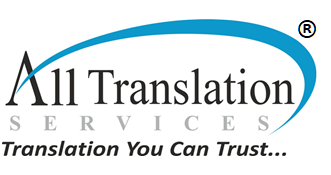Why it is important to have a Translation Memory?
Standalone translation software can’t meet the needs of most businesses when translating content from one language to another. In contrast, software like translation memory and other tools can help and improve human translations. Also, you can use it alone. These tools can help ensure consistent, high-quality language translation services while also cutting down on the cost of this service, though.
What is Translation Memory?
Translation Memory or TM is a bilingual database of words. It includes paragraphs, phrases, and sentences that are already translated. It combines all of your previous translation data into one place so that you can use it in upcoming projects and avoid having to do the same thing over and over again.
How Does TM Work?
The translation memory stores data in different segments. Further, people who speak two languages will understand each other better if they can speak the same words in both languages. Every time two things are put together, they are called translation units. You can operate and send the memories as a TMX or Excel file.
When using translation software to translate a text, your translation memory operates in the database to mark similar areas. Then, they look at previous translations to see if they can help.
Benefits of Translation Memory
It’s important to look for a language service provider who can use a memory tool when translating for your business. It will help your business in these important ways if you use it:
Work Faster And Save Time
The translation memory software automatically highlights similar matches and marks ones that aren’t so clear for more work. Additionally, to avoid playing “find the difference,” you don’t have to do it on your own. This gives you more time to work on new text parts that you haven’t worked on before.
It’s Time To Put Your Data In One Place
Additionally, you may need to look back at a project done in a different department. If you use translation memory software, it’s easy to keep all of your company’s translation data in one place. It’s now easier for everyone on your team to find the right parts of new content when you’re translating it.
Cost-Effective
Your future localization attempts will be easier if you have a translation memory database. Further, you can use your translation memories to start translating a word or phrase. Afterwards, ask a friend to read the text and correct it.
Create Consistent Content
Further, make sure you don’t have to translate the same thing twice. This could be a phrase your company uses in all of its communications or complex translations to guide future projects.
Final Thought
To conclude, there are many things that you can use to help you with translation. People who work in more than one language can speed up their multilingual work and ensure that all of their localization projects are the same. Additionally, it also means that you don’t have to hire a professional translator every time you need to translate new content.
